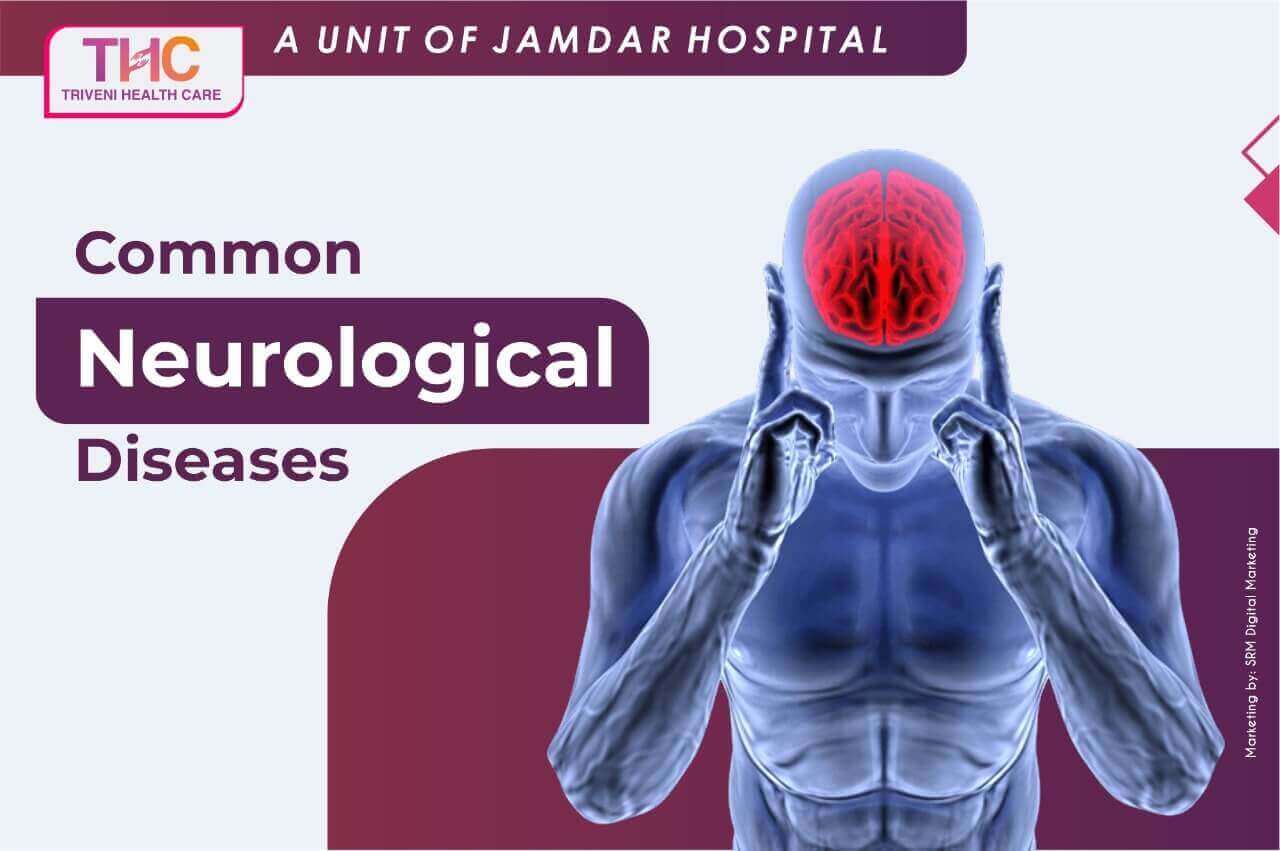4 Common Neurological Diseases
Neurological diseases are often misunderstood and for good reason. They can be complex and hard to diagnose, leaving many people unsure of what is actually going on in their bodies. Unfortunately, neurological diseases are becoming increasingly common, and it's important to understand the root causes of these conditions.
Alzheimer's Disease -
There are many different types of neurological diseases, but Alzheimer's disease is one of the most common. Alzheimer's disease is a degenerative brain disorder that affects more than five million Americans and is the sixth leading cause of death in the United States. The exact cause of Alzheimer's disease is unknown, but it is believed to be related to a combination of genetic, lifestyle, and environmental factors. Alzheimer's disease leads to a decline in cognitive function and memory. Early symptoms of Alzheimer's disease can include difficulty remembering recent events, difficulty solving problems, or changes in mood or behavior. As the disease progresses, symptoms can become more severe, including difficulty with speech and mobility. Ultimately, people with Alzheimer's disease lose the ability to care for themselves and may need full-time care from a family member or professional caregiver. There is no cure for Alzheimer's disease, but there are treatments available that can help slow its progression and improve the quality of life for both the person with the disease and their caregivers.
Parkinson's Disease -
Parkinson's disease is a degenerative disorder of the central nervous system that often impairs the sufferer's motor skills, speech, and other functions. The disease is caused by the deterioration of nerve cells in the brain that produce dopamine, a chemical that helps to regulate movement. Symptoms of Parkinson's disease typically develop slowly and worsen over time. There is no cure for Parkinson's disease, but there are treatments that can help to manage the symptoms. Medications can be used to replace dopamine or to stimulate the production of dopamine. Surgery may also be an option for some people with Parkinson's disease.
Multiple Sclerosis -
Multiple sclerosis is a chronic, degenerative disease of the central nervous system. It is characterized by demyelination of the myelin sheaths around nerve cells, resulting in disruption of nerve conduction and consequent neurological deficits. The cause of multiple sclerosis is unknown, but it is thought to involve an immune-mediated process. The disease typically affects young adults and is more common in women than in men. Multiple sclerosis can cause a wide range of neurological symptoms, depending on which parts of the central nervous system are affected. These may include visual problems, muscle weakness, difficulties with coordination and balance, bladder or bowel dysfunction, and cognitive impairment. The course of the disease is variable, with some people experiencing only mild symptoms while others may have a progressive and disabling illness. There is no cure for multiple sclerosis, but treatments are available to manage symptoms and slow disease progression.
Amyotrophic Lateral Sclerosis -
Amyotrophic lateral sclerosis (ALS), also known as Lou Gehrig’s disease, is a progressive neurodegenerative disease that affects nerve cells in the brain and the spinal cord. Motor neurons reach from the brain to the spinal cord and from the spinal cord to the muscles throughout the body. The progressive degeneration of the motor neurons in ALS eventually leads to their death. When the motor neurons die, the ability of the brain to initiate and control muscle movement is lost. With voluntary muscle action progressively affected, patients in the later stages of the disease may become totally paralyzed. ALS is usually diagnosed between the ages of 40 and 70, with an average age of 55 at diagnosis. The prevalence of ALS is two per 100,000 people worldwide. it affects men more often than women, with a ratio of 1.5–2:1. There are no effective medical treatments for ALS, and currently no cure. Patients typically live 3–5 years from diagnosis, but some may live 10 or more years.


Read Comments